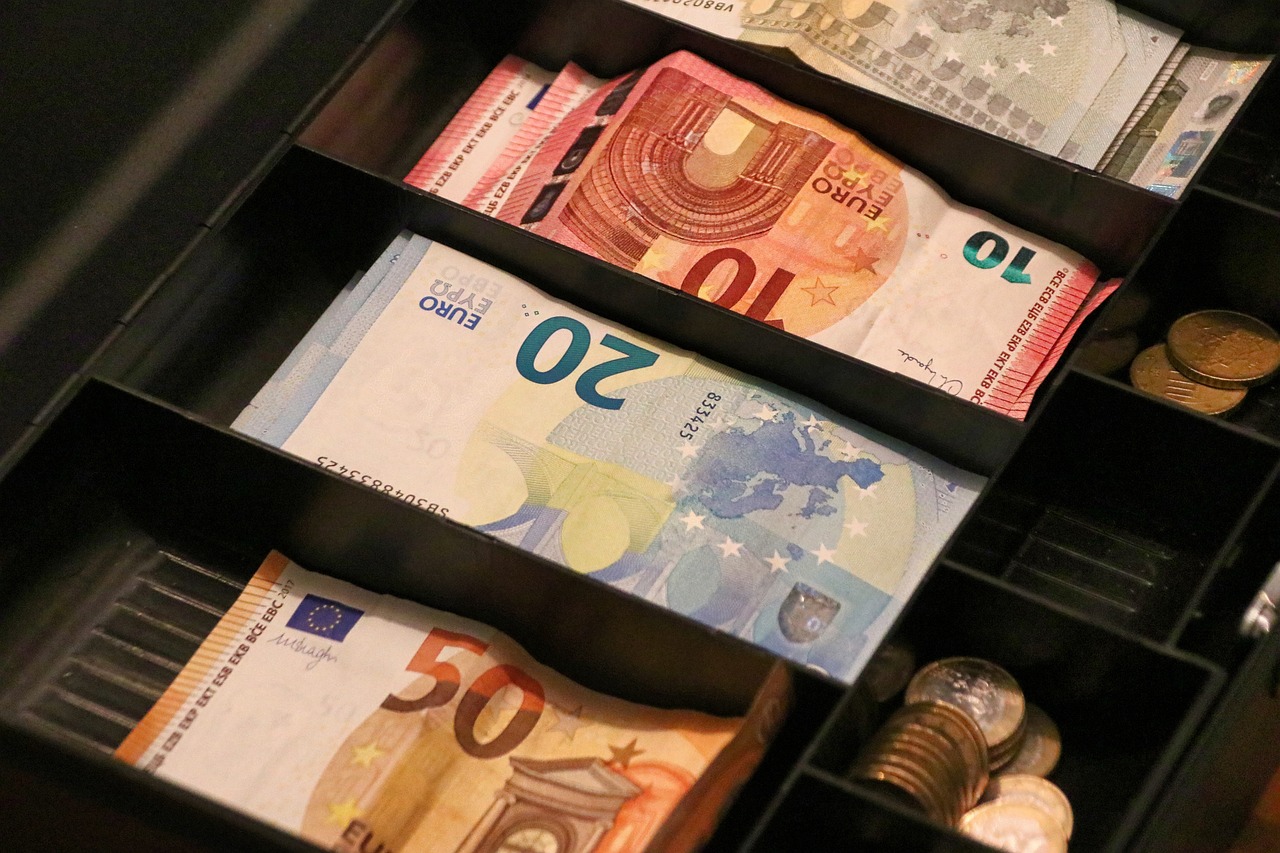Impact of 1 US Dollar on Indian Business: Exchange Rates, Imports, Exports, and Economic Trends
GPT_Global - 2025-10-30 13:00:30.0 15
What do Indian businesses need to know about the value of 1 US dollar?
Understanding the value of the US dollar is crucial for Indian businesses, especially those dealing with international remittances. The exchange rate between the Indian Rupee (INR) and the US Dollar (USD) directly affects import/export costs, profitability, and the overall financial health of a business. A strong US dollar can make imports more expensive, while a weaker dollar may reduce costs but impact export revenue.
For remittance businesses, the value of 1 US dollar plays a pivotal role in determining how much recipients in India will receive after conversion. A fluctuating exchange rate can create uncertainty in both the remittance and the business's planning process. By staying updated on exchange rates, businesses can offer better services, ensuring recipients get the maximum value for their money.
Moreover, understanding the dollar's value helps businesses optimize their currency management, reducing risks associated with currency fluctuations. By using hedging strategies and monitoring market trends, businesses can effectively manage costs and ensure long-term financial stability. Awareness of the dollar’s value is thus key to making informed financial decisions and staying competitive in the global market.

How does a strong US dollar affect Indian imports and exports?
The strength of the US dollar can have a significant impact on Indian imports and exports, particularly in the remittance business. When the US dollar strengthens, it generally makes Indian imports more expensive. This is because the Indian rupee (INR) weakens against the dollar, requiring more rupees to purchase goods priced in dollars. For Indian businesses, this means higher costs for importing products from the US and other countries that use the dollar, which can lead to increased prices for consumers.
On the flip side, a strong US dollar can make Indian exports more attractive to foreign buyers. Since the exchange rate favors the US dollar, Indian goods become cheaper for consumers in the US and other dollar-based economies. This can boost demand for Indian exports, including textiles, IT services, and pharmaceuticals, which are major contributors to the country's economy.
For remittance businesses, a stronger US dollar benefits Indian families receiving money from relatives abroad. They receive more rupees per dollar sent, increasing their purchasing power. This can enhance the overall remittance market, as more people from the Indian diaspora might choose to send funds back home, strengthening the role of remittance businesses in India.
Can 1 US dollar be used directly in Indian markets or do I need to exchange it?
When traveling or conducting business between countries, understanding currency exchange is crucial. Many individuals wonder if 1 US dollar can be directly used in Indian markets or if they need to exchange it. The short answer is that US dollars are not widely accepted for everyday transactions in India.
In India, the official currency is the Indian Rupee (INR). While some international airports, hotels, and major tourist destinations may accept US dollars, it’s not the norm for local shops, markets, or businesses. To make purchases or pay for services, you will need to exchange your US dollars for Indian Rupees.
Exchanging US dollars for Indian Rupees can be done at various outlets such as banks, currency exchange counters, or even online remittance services. Opting for an online money transfer service or remittance platform can provide more favorable exchange rates and convenience. Additionally, some remittance services allow you to send funds directly to Indian bank accounts in rupees, eliminating the need for physical cash exchange.
For anyone planning to travel or do business in India, ensuring you have the proper local currency is key. Consider using a remittance service to make the exchange process more seamless and cost-effective.
Are there any taxes on exchanging 1 US dollar in India?
When exchanging 1 US dollar in India, understanding the applicable taxes is essential for anyone involved in remittance or foreign exchange. The process might seem simple, but it is subject to specific financial regulations set by the Reserve Bank of India (RBI) and the Indian government.
In India, exchanging foreign currency, including the US dollar, may attract certain taxes and fees. The most common charge is the **Goods and Services Tax (GST)**, usually levied on the foreign exchange conversion service. Depending on the transaction amount, GST can range between 0.05% and 1%. Additionally, authorized money changers or banks may apply a small service fee or margin.
For remittance businesses, transparency about these charges is vital to gain customer trust. Informing clients about possible GST and service fees ensures smoother transactions and compliance with Indian financial laws. Whether sending or receiving money, understanding these tax implications helps users make better financial decisions and avoid unexpected costs.
How do global economic events impact the 1 US dollar to INR exchange rate?
Global economic events have a significant impact on the 1 US Dollar to INR exchange rate, affecting remittance businesses that depend on stable currency values. Economic indicators such as inflation, GDP growth, interest rates, and geopolitical events influence the value of currencies. For instance, when the US economy strengthens, the value of the US Dollar rises against the Indian Rupee (INR), making remittances more valuable for recipients in India.
Similarly, major global events like trade wars, oil price fluctuations, or financial crises can cause volatility in currency exchange rates. When the US Federal Reserve adjusts interest rates, it can also lead to shifts in the dollar's value, impacting remittances sent from abroad. A stronger dollar typically means that sending money to India could be more cost-effective for those living in the US.
For remittance businesses, staying informed about global economic events is crucial to offer competitive rates. They can help customers plan their transfers better and save money, particularly during times of significant currency fluctuation. As the global economy continues to evolve, businesses must remain agile to navigate these changes effectively.
What is the historical trend of the 1 US dollar to INR exchange rate over the last decade?
The exchange rate between the US dollar (USD) and the Indian Rupee (INR) has seen significant fluctuations over the past decade. In the early 2010s, the rate hovered around 45-55 INR per USD. However, by mid-decade, it surged to 60 INR per dollar due to economic pressures such as trade imbalances and inflation in India.
In the latter part of the decade, the Indian Rupee depreciated further, crossing the 70 INR per dollar mark in 2018, reflecting global and domestic economic factors, including oil prices and investor sentiment. Despite some fluctuations, the rate generally remained between 65 and 75 INR per USD, until the pandemic induced volatility in 2020, pushing it towards 75-80 INR per dollar.
For remittance businesses, these shifts in exchange rates have substantial implications. A weaker INR means that remitters sending money to India may need to send more USD to achieve the same amount of INR. Conversely, a stronger INR benefits recipients, providing them with a higher value for their money.
Understanding these trends is crucial for businesses and individuals engaged in cross-border money transfers, as exchange rates directly impact the cost and value of remittances.
Does the Indian government have a fixed exchange rate for 1 US dollar?
The Indian government does not maintain a fixed exchange rate for 1 US dollar. Instead, India follows a managed floating exchange rate system. Under this system, the value of the Indian Rupee (INR) is determined by market forces like supply and demand, with occasional interventions from the Reserve Bank of India (RBI) to stabilize the currency.
For businesses in the remittance industry, this means that exchange rates can fluctuate daily. While this allows the rupee to adjust to economic conditions, it can create uncertainties for customers sending money to India. As a result, remittance services must constantly monitor exchange rates to offer competitive rates and ensure that recipients get the best value for their money.
Understanding the currency dynamics is crucial for both senders and receivers, as even minor shifts in the exchange rate can affect the amount received in India. Therefore, remittance businesses can help by providing real-time exchange rate information and offering tools for hedging against currency fluctuations, giving customers more control over their transfers.
About Panda Remit
Panda Remit is committed to providing global users with more convenient, safe, reliable, and affordable online cross-border remittance services。
International remittance services from more than 30 countries/regions around the world are now available: including Japan, Hong Kong, Europe, the United States, Australia, and other markets, and are recognized and trusted by millions of users around the world.
Visit Panda Remit Official Website or Download PandaRemit App, to learn more about remittance info.



